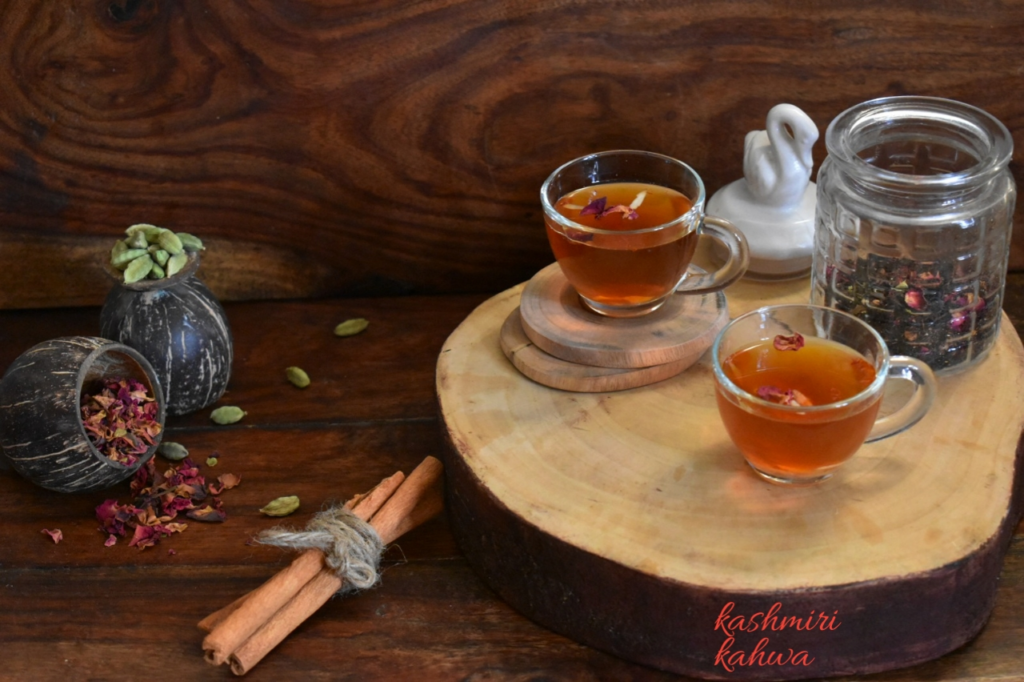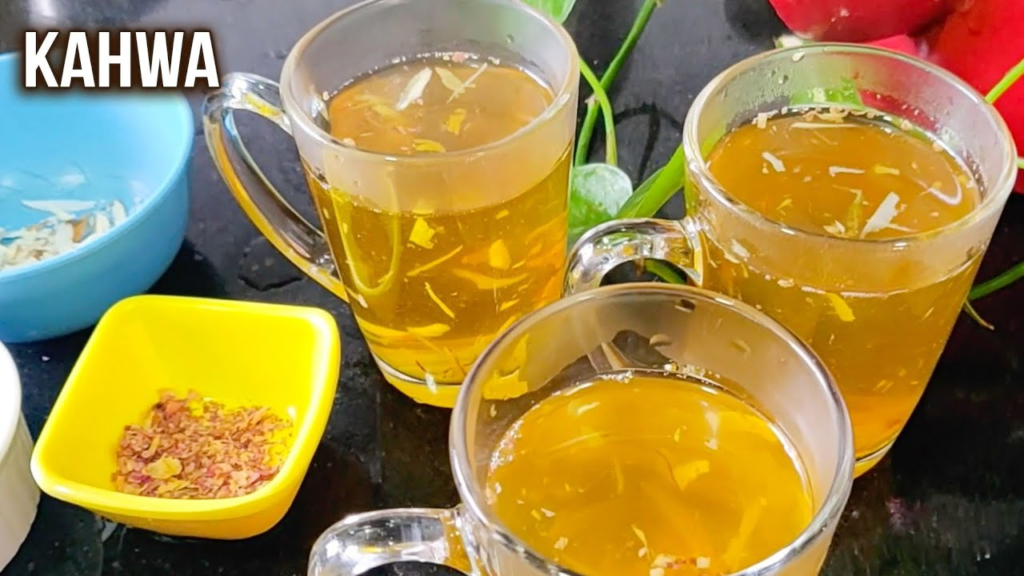This traditional green tea preparation, infused with a delicate blend of spices and nuts, has captivated hearts for centuries. From its historical origins to its modern-day resurgence, Kahwa has firmly established itself as more than just a beverage; it’s an experience that tantalizes the senses and nurtures the body. In this article, we delve into the rich tapestry of Kahwa, exploring its history, uncovering its myriad benefits, and even learning how to prepare this elixir of the East.
Unveiling the Tapestry of Kahwa’s History
To truly appreciate the essence of Kahwa, one must step back in time to its origins. This aromatic potion finds its roots in the breathtaking landscapes of the Kashmir Valley in India. It was here, amidst the stunning Himalayan mountains, that Kahwa first graced the cups of royalty and commoners alike. Initially crafted as a beverage to combat the chill of the region, Kahwa soon transcended its functional beginnings to become a symbol of warmth, hospitality, and tradition.
Legend has it that Kahwa was a favorite among the Kashmiri royals, who relished its rich flavors and invigorating properties. Over time, the aromatic elixir seeped into the cultural fabric of the region, becoming an integral part of celebrations, gatherings, and everyday life. As merchants traversed the Silk Road, Kahwa’s fame spread far and wide, reaching distant lands and igniting curiosity among tea enthusiasts worldwide.

The Bountiful Benefits of Kahwa
Beyond its enchanting aroma and historical significance, Kahwa offers a plethora of health benefits that have contributed to its enduring popularity. The infusion is traditionally crafted by combining green tea leaves with an array of spices, including cardamom, saffron, cloves, and cinnamon, along with a touch of crushed nuts such as almonds or walnuts. This unique blend results in a beverage that goes beyond refreshment, offering a natural source of wellness.
- Digestive Delight: The combination of spices in Kahwa, notably cardamom, aids digestion and alleviates digestive discomfort. It’s not just a beverage; it’s a tonic for your digestive system.
- Immunity Booster: Saffron, a key ingredient in Kahwa, is rich in antioxidants known for strengthening the immune system. Regular consumption may help the body ward off illnesses and infections.
- Stress Buster: The warm, soothing nature of Kahwa, coupled with its aromatic spices, makes it a natural stress-reliever. A cup of Kahwa can be a comforting embrace after a long day.
- Metabolism Kick: Green tea, the base of Kahwa, is renowned for its metabolism-boosting properties. This can be a gentle nudge for those on a fitness journey.
- Heartwarming: The presence of cinnamon in Kahwa has been linked to heart health. It may help lower bad cholesterol levels and promote cardiovascular well-being.
Crafting the Perfect Cup of Kahwa
Now that we’ve traversed through time and the myriad benefits of it, let’s step into the realm of its preparation. Creating the perfect cup of Kahwa is an art that requires a delicate touch and an understanding of the ingredients. Here’s a simple recipe to embark on your Kahwa-making journey:
Ingredients:
- 2 cups water
- 1 tsp loose green tea leaves
- 4 green cardamom pods, slightly crushed
- A pinch of saffron strands
- 4 cloves
- 1-inch cinnamon stick
- 4-5 almonds, crushed
- 1-2 tsp honey (optional)
Instructions:
- Bring 2 cups of water to a gentle simmer.
- Add the green tea leaves, cardamom pods, saffron, cloves, and cinnamon stick.
- Let the mixture simmer for about 5-7 minutes, allowing the flavors to meld.
- Stir in the crushed almonds and let it simmer for an additional 2 minutes.
- If you prefer a hint of sweetness, add honey to taste.
- Strain it into cups and relish the aromatic journey.
A Culinary and Cultural Experience
In a world that often moves at a breakneck pace, embracing the ritual of Kahwa is a moment of respite. It’s more than sipping a beverage; it’s immersing yourself in an experience that’s part history, part wellness, and wholly delightful. Whether you’re enjoying it in the cozy confines of your home or experiencing it in a bustling Kashmiri market, It transcends geographical boundaries, connecting us to a shared heritage.

